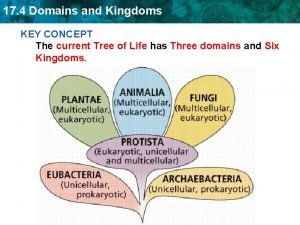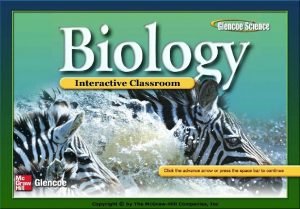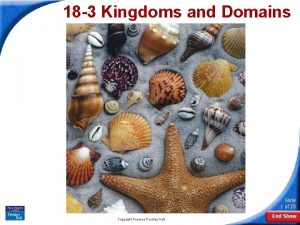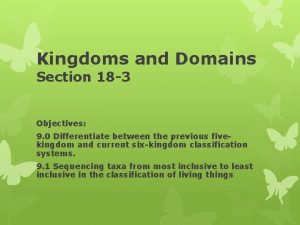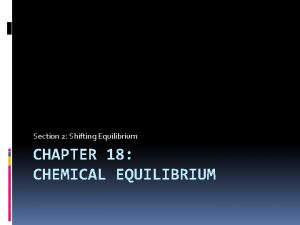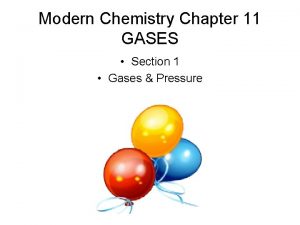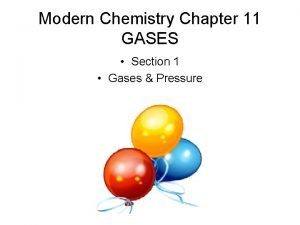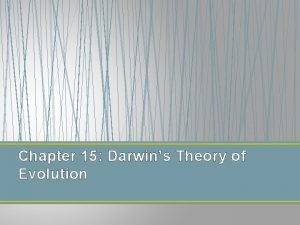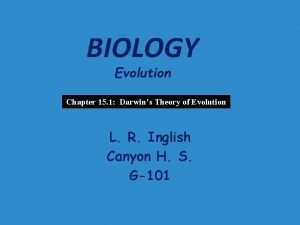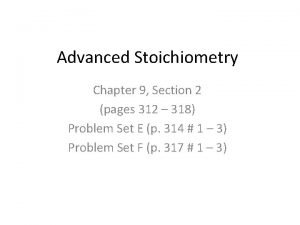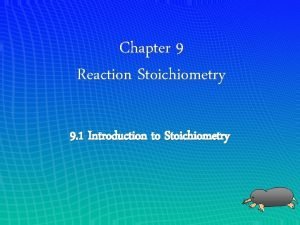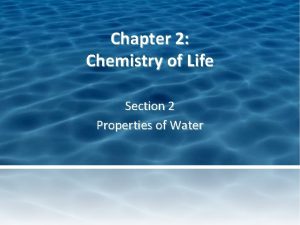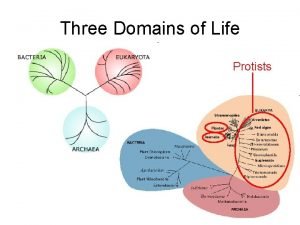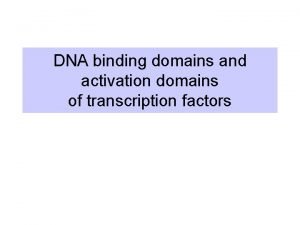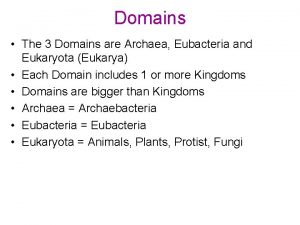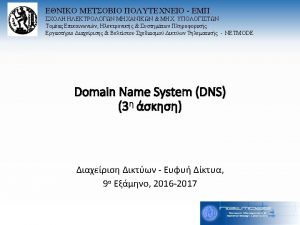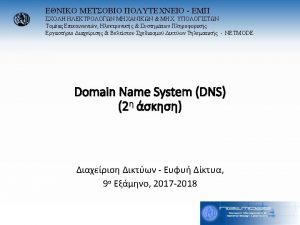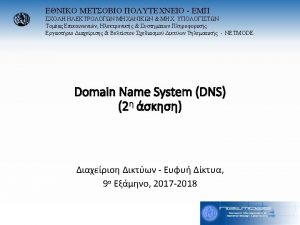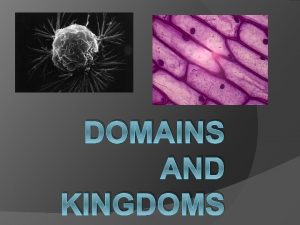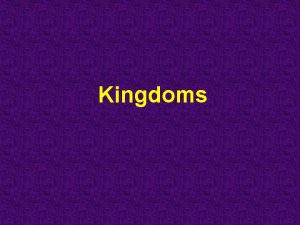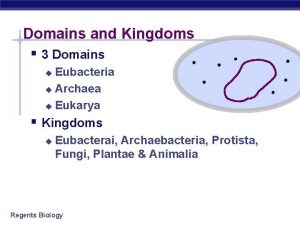Chapter 9 section 2 Review Domains The largest
























- Slides: 24

Chapter 9, section 2 Review

Domains • • • The largest groups of different organisms There are _____ domains. Three Domain Archaea Domain Bacteria Domain Eukarya

• Domain ______ and _____ are both Domain and Kingdom. • Archaea • Bacteria

Domain Archaea 1. Prokaryotes: single cell, no nucleus 2. Live in extreme environments – Hot springs or deep oceans

Domain Bacteria 1. Prokaryotes (no nucleus) 2. Found everywhere – Soil, water, inside our bodies 3. Usually have cell wall 4. Usually reproduce by cell division

Domain Eukarya • • • There are _____ Kingdoms. Four Kingdom Protista (Protists) Kingdom Fungi Kingdom Plantae (Plants) Kingdom Animalia (Animals)

Domain Eukarya • All Eukaryotes have NUCLEUS! (Eukaryotes: Organisms with a nucleus and membrane-encased organelles)

Kingdom Protista • • Called protists Either single cell or multi cells ______ are animal-like protists Protozoans

Kingdom Protista • Algae: plant-like protist • Euglena ●Ameoba

Kingdom Fungi • • • Multicellular Break down materials Absorb foods Have cell wall Decomposers Molds & mushrooms

Kingdom Plantae (Plants) • • Multicellular Producers - photosynthesis Cell wall Provide oxygen

Kingdom Animalia (Animals) • • Multicellular Consumers No cell wall Respond to stimuli

Kingdom Animalia

Review • What are the rules for writing scientific names? • You write _____ parts and underline the name. • two • Genus and Species ex: Tyrannosaurus rex • Use capital letter for • Genus • Use small letters for • Species

Review • • • The subgroup of class is Order The subgroup of family is Genus Organisms that can produce offspring that can reproduce • Species

Review • What is a dichotomous key? • a tool used by scientists to identify organisms. • Pairs of descriptive statements

Review • The three groups with the largest number of different organisms are the • Domains

Review • The domain of single-celled prokaryotes that live in extreme environments is • Archaea

Review • The domain of organisms whose cells contain a nucleus and other membraneencased organelles is • Eukarya

Review • Organisms that are multicellular producers are in Kingdom • Plantae

Review • Two kingdoms that have organisms with cell walls are Kingdom • Fungi • and Kingdom • Plantae.

Review • The larger the classification group, the ___________ the organisms have in common. • LESS • The smaller the classification group, the __________ the organisms have in common. • MORE

Review • A ________ is used to show the similarities and differences between living things. Living things are listed on the top; characteristics are listed on the right.

Review • A BRANCHING DIAGRAM
 Pepidoglycan
Pepidoglycan Chapter 17 section 3 domains and kingdoms
Chapter 17 section 3 domains and kingdoms Organizing lifes diversity
Organizing lifes diversity Section 18-3 kingdoms and domains
Section 18-3 kingdoms and domains Section 18-3 kingdoms and domains
Section 18-3 kingdoms and domains Chapter review motion part a vocabulary review answer key
Chapter review motion part a vocabulary review answer key Chapter 18 review chemical equilibrium section 2 answer key
Chapter 18 review chemical equilibrium section 2 answer key Chemistry chapter 9 stoichiometry
Chemistry chapter 9 stoichiometry Chapter 14 review acids and bases section 1
Chapter 14 review acids and bases section 1 Chapter 12 review solutions section 3
Chapter 12 review solutions section 3 Chapter 11 review gases section 1
Chapter 11 review gases section 1 Chapter 11 review gases section 1
Chapter 11 review gases section 1 Reaction rates and equilibrium worksheet answers chapter 19
Reaction rates and equilibrium worksheet answers chapter 19 Chemistry chapter 8 review chemical equations and reactions
Chemistry chapter 8 review chemical equations and reactions Chapter 22 review organic chemistry section 1 answers
Chapter 22 review organic chemistry section 1 answers Chapter 15 darwin's theory of evolution section review 15-1
Chapter 15 darwin's theory of evolution section review 15-1 Chapter 12 review solutions section 2
Chapter 12 review solutions section 2 Chapter 10 review states of matter section 4
Chapter 10 review states of matter section 4 Chapter 15 darwin's theory of evolution section 15-1
Chapter 15 darwin's theory of evolution section 15-1 Chapter 9 section 2 stoichiometry
Chapter 9 section 2 stoichiometry Chapter 9 stoichiometry
Chapter 9 stoichiometry Guided reading chapter 5 section 1
Guided reading chapter 5 section 1 Chapter 2 the chemistry of life section review 2-2
Chapter 2 the chemistry of life section review 2-2 Chapter 7 cell structure and function section review 7-2
Chapter 7 cell structure and function section review 7-2 Section quick check chapter 10 section 1 meiosis answer key
Section quick check chapter 10 section 1 meiosis answer key

